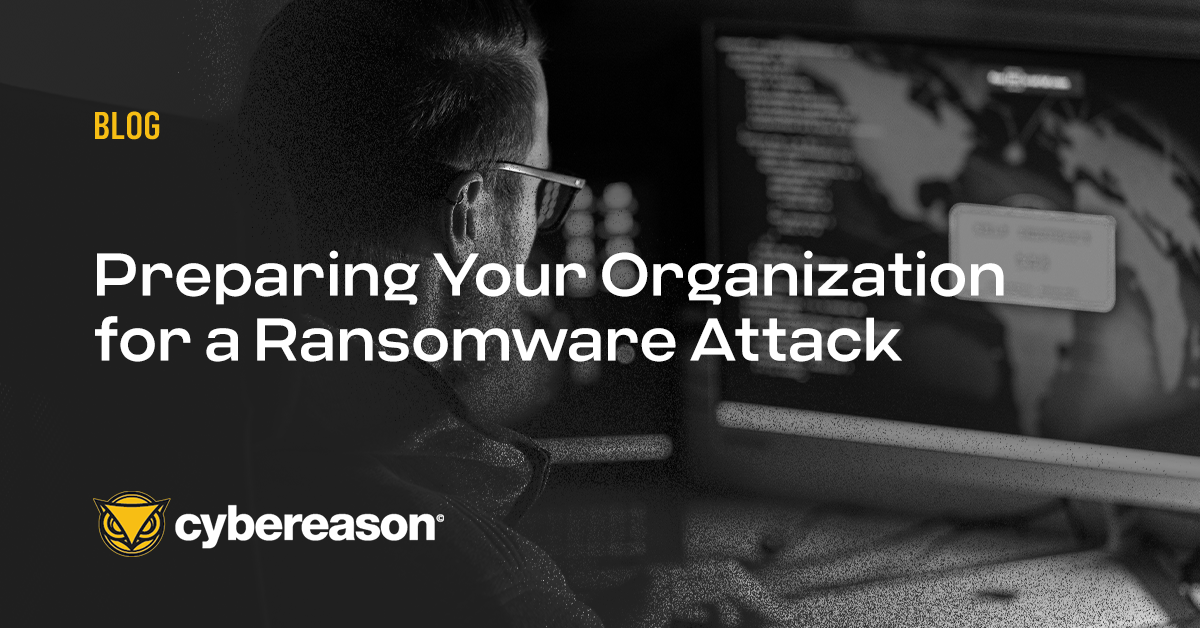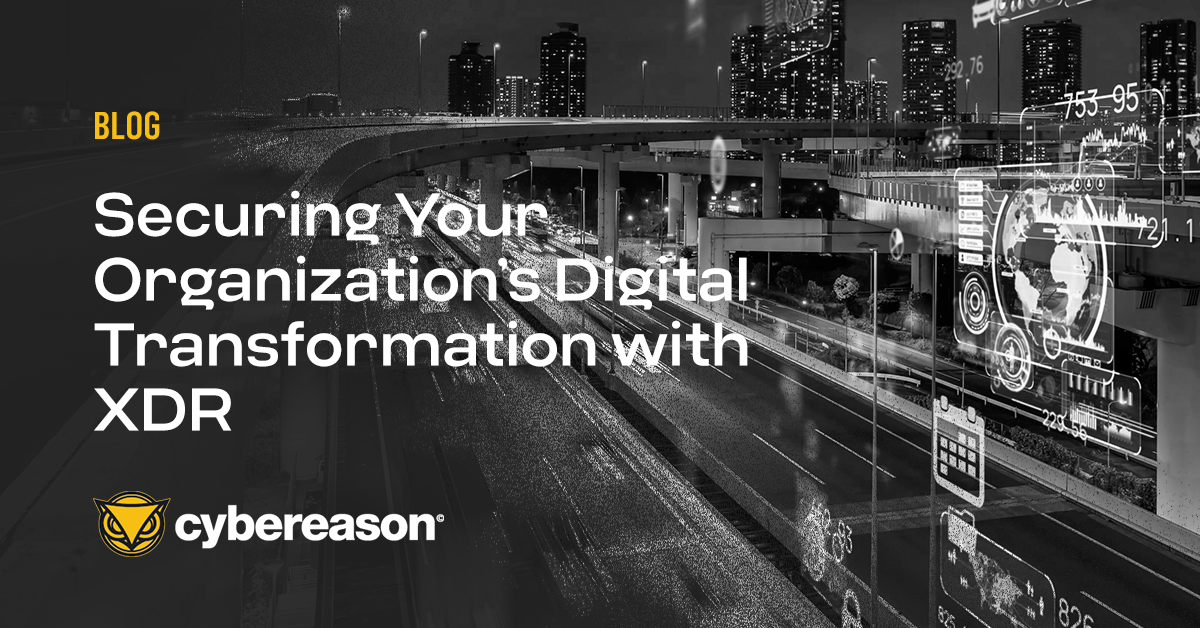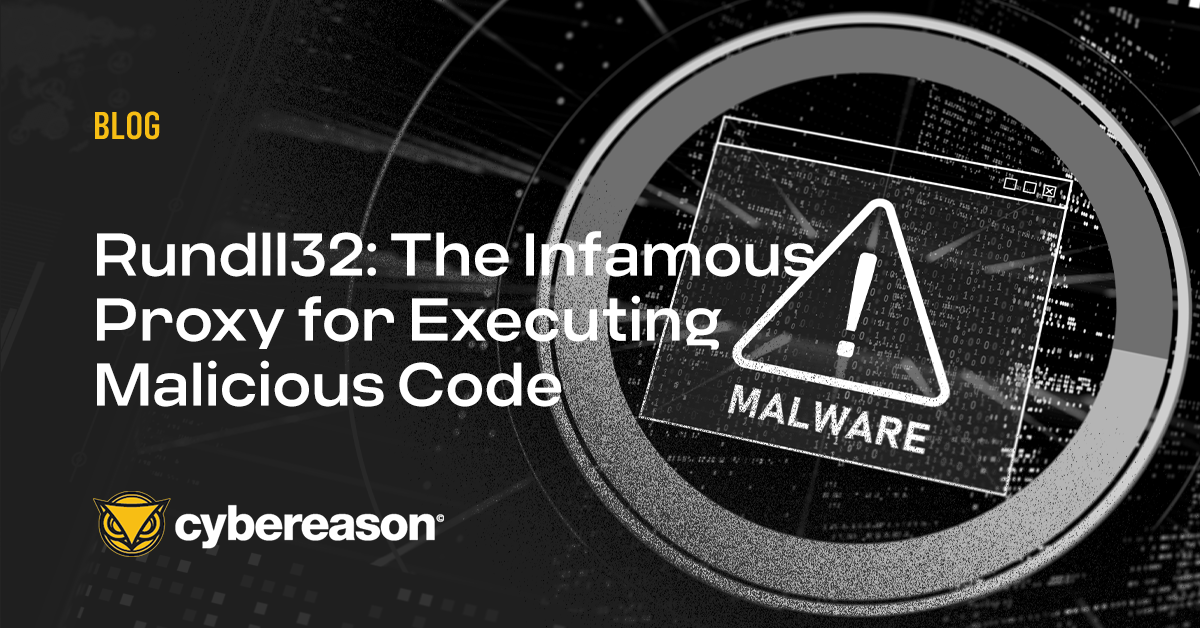As we all know, the pandemic accelerated many organizations’ digital transformation initiatives. According to Help Net Security, many enterprises accelerated their journeys by as many as 3-5 years by building new IT systems to support remote work as well as to keep up with supply and demand. This pace isn’t expected to slow down over the years course of 2022.
ITProPortal wrote about how two-thirds of CIOs consider digital transformation one of the most critical business drivers for the rest of the year. That explains why a third of CIOs plan to make remote work a permanent part of how their business functions. It also explains why direct digital transformation investment growth rates are accelerating from a 15.5% CAGR between 2020 and 2023 to a 16.5% CAGR for the following two-year period, noted IDC.
Challenges to a Secure Digital Transformation
Notwithstanding the promise of digital transformation, organizations face plenty of challenges along their journeys. Security is one of the most challenging obstacles to surmount. For example, consider many organizations’ decisions to embrace a multi-cloud strategy.
Multiple cloud environments create a greater attack surface, noted IBM Security Intelligence, as IT and security teams have additional services and data locations that they need to account for and secure. They can use cloud-native security tools to defend those assets. Still, without proper correlation and centralization capabilities, teams could find themselves inundated with a flood of new security telemetry that makes threat detection and incident response all but impossible.
It's the same story as organizations choose to expand their network of vendors, partners, and suppliers. Malicious actors can target any of these entities with a Business Email Compromise (BEC) scam, for example, and then pivot to target an organization’s employees with follow-up attacks like vendor fraud. They can also try to compromise key accounts and software update distribution channels at vendors and suppliers to infiltrate affected customer networks.
How Can Organizations Overcome These Obstacles?
Organizations can use the recommendations below to secure their digital transformation:
Leverage Culture as Support
Before launching a digital transformation initiative, organizations need to first consider whether they have the necessary digital readiness to embark on that journey. Digital transformation implies that employees might need to embrace different systems and processes to complete their work, noted Security Boulevard.
But is the workforce prepared for that change? If not, C-suite and other leaders need to communicate what they’re hoping to do and be transparent about how the initiative might affect employees. This should involve building (or amplifying) a robust security awareness training program to cultivate employees’ familiarity with digital threats.
Align Security to the Business
Some organizations might be tempted to embrace new technologies and new processes without considering their business functions. This type of approach is dangerous, as it burdens IT, security, and privacy teams with unnecessary complexity. Organizations need to align every step of their digital transformation journeys to their business goals-–that includes security.
Per TechRepublic, leaders must embed security considerations into new products and plans as well as reevaluate those concerns as necessary. One of the ways they can do that is by regularly performing risk assessments. Doing so will create an updated baseline that IT and security can use to adjust and evolve their responsibilities throughout the digital transformation.
Be Open to New Incident Management Approaches
Change is at the heart of any digital transformation initiative. As such, organizations need to be flexible—especially when it comes to threat detection and response. Traditional security solutions such as Security Information and Event Management (SIEM) tools create a deluge of alerts and false positives that contribute to “alert fatigue,” thereby increasing organizations’ susceptibility to data breaches.
Security teams need a way to proactively detect and respond to incidents at the first signs of something suspicious. These capabilities are essential for keeping the organization secure and for facilitating a secure digital transformation over months or years.
Apply the Principles of Defend Forward
Defend Forward means approaching cyber defense with an offensive mindset in order to proactively disrupt and end malicious activity before it can adversely impact the organization.
To Defend Forward means aggressively collecting intelligence about adversaries’ tactics, techniques, and procedures (TTPs), strengthening proactive resiliency strategies across the organizations to make it more costly for adversaries to achieve their objectives, leveraging public-private sector partnerships, and much more.
The Cyber Defenders Council, sponsored by Cybereason, is an independent group of preeminent cybersecurity leaders from public and private sector organizations around the world with the mission to adapt the Defend Forward deterrence concepts for the private sector to better protect enterprises and other organizations.
The Council will be producing a series of reports with prescriptive guidance designed to help organizations implement key Defend Forward strategies that will increase the costs for attackers and improve the overall efficacy of Defenders. The inaugural report, titled Defend Forward: A Proactive Model for Cyber Deterrence, was published recently and is available for download.
XDR to the Rescue
The final recommendation discussed above emphasizes the utility of Extended Detection and Response (XDR). It’s an approach to threat detection and response that extends continuous threat monitoring and detection along with automated response across organizations’ endpoints, applications, cloud workloads, user personas, and the network.
Not all XDR platforms are created the same. Most tools use threat intelligence to keep organizations informed about known emerging threats, but only a few are able to leverage artificial intelligence and machine learning to automatically correlate and enrich security telemetry from across organizations’ disparate telemetry sources.
Cybereason is one of those few. AI-driven Cybereason XDR leverages those technologies as well as its partnership with Google Cloud to yield planetary-scale telemetry ingestion, analytics, and normalization.
These features empower customers’ security teams with an operation-centric approach by which they can quickly detect an attack chain regardless of where it’s occurring in their organization’s environments. Teams can then use automated playbooks and one-click mitigation actions to respond to those incidents sooner than they could on their own.
Over half (52%) of executives at U.S. companies told PwC that they had accelerated their AI/ML adoption plans, and even more (86%) said that AI/ML would be a “mainstream technology” in their environments by the end of 2021.
What’s more, AI/ML can enable security teams to cut through the noise produced by a constant flood of threat alerts, allowing security professionals to spend less time sifting through alerts and chasing false positives and more time working to improve the organization's overall security posture.
AI/ML technologies excel at analyzing large-scale data sets with a high degree of accuracy to identify suspicious events at a speed and volume that manual human analysis can never match. The advantage here is in automating the detection of events that previously required human analysis and relieving security teams of the tedious task of sorting the signal from the noise.
Such visibility enables security teams to respond to an event before it becomes a major security issue and introduce measures designed to increase the burden on attackers going forward.
Cybereason is dedicated to teaming with defenders to end attacks on the endpoint, across the enterprise, to everywhere the battle is taking place. Learn more about AI-Driven Cybereason XDR here or schedule a demo today to learn how your organization can benefit from an operation-centric approach to security.





